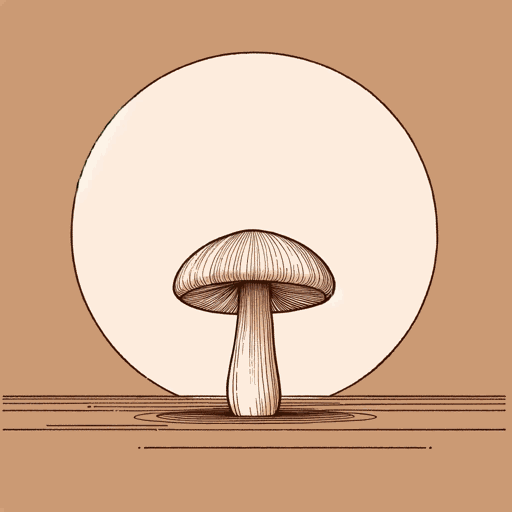75 pages • 2 hours read
Anna Lowenhaupt TsingThe Mushroom at the End of the World
Nonfiction | Book | Adult | Published in 2015A modern alternative to SparkNotes and CliffsNotes, SuperSummary offers high-quality Study Guides with detailed chapter summaries and analysis of major themes, characters, and more.
Before You Read
Summary
Preface
Prologue
Part 1, Introduction
Part 1, Chapters 1-3
Part 1, Interlude 1.1
Part 2, Introduction
Part 2, Chapters 4-7
Part 2, Interlude 2.2
Part 2, Chapters 8-10
Part 2, Interlude 2.3
Part 3, Introduction
Part 3, Chapters 11-13
Part 3, Chapters 14-15
Part 3, Chapters 16-17
Part 3, Interlude 3.3
Part 4, Introduction
Part 4, Chapters 18-19
Part 4, Chapter 20 and Conclusion
Key Figures
Themes
Index of Terms
Important Quotes
Essay Topics
Part 1, IntroductionChapter Summaries & Analyses
Part 1, Introduction Summary and Analysis: “What’s Left”
Tsing opens describing one of her trips to the forest of Oregon—lost, disoriented, and not successful at finding matsutake. She was rescued by a Mien family from Laos, an uncle and nephew, who showed her first mushroom. She describes the smell, which has a divisive odor and taste. Tsing recalls being astonished. She argues that her disorientation was not just sensory, but also driven by a broader curiosity. She considered how an anthropologist and two men from Laos wound up in an Oregon forest together. She declares, “To my faulty common sense, we all seemed miraculously out of time and out of place—like something that might jump out of a fairy tale. I was startled and intrigued; I couldn’t stop exploring. This book is my attempt to pull you into the maze I found” (16).
Tsing’s word choice underlies her intellectual quest, to constantly interrogate rather than assume. Her common sense is “faulty” instead of trustworthy, and the confusion she describes is also imbued with magic. She intends to “pull” the reader into the “maze”, but she does not set herself up as the guide—she has not solved the riddle, merely learned to value it.

